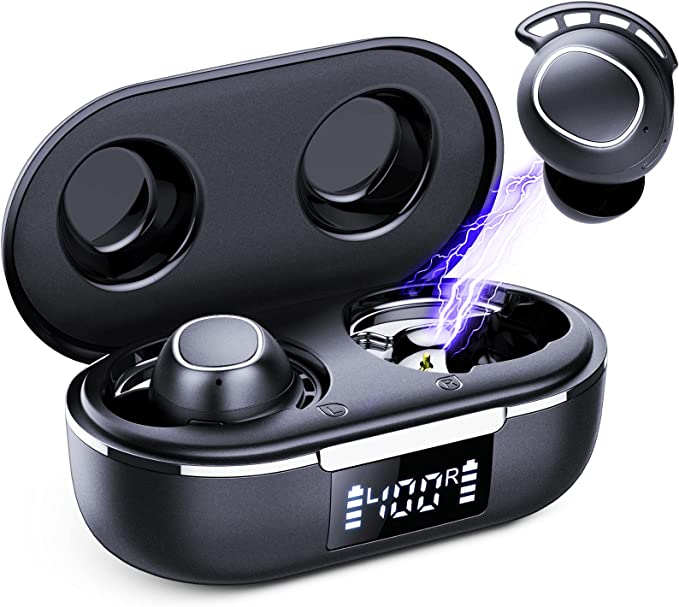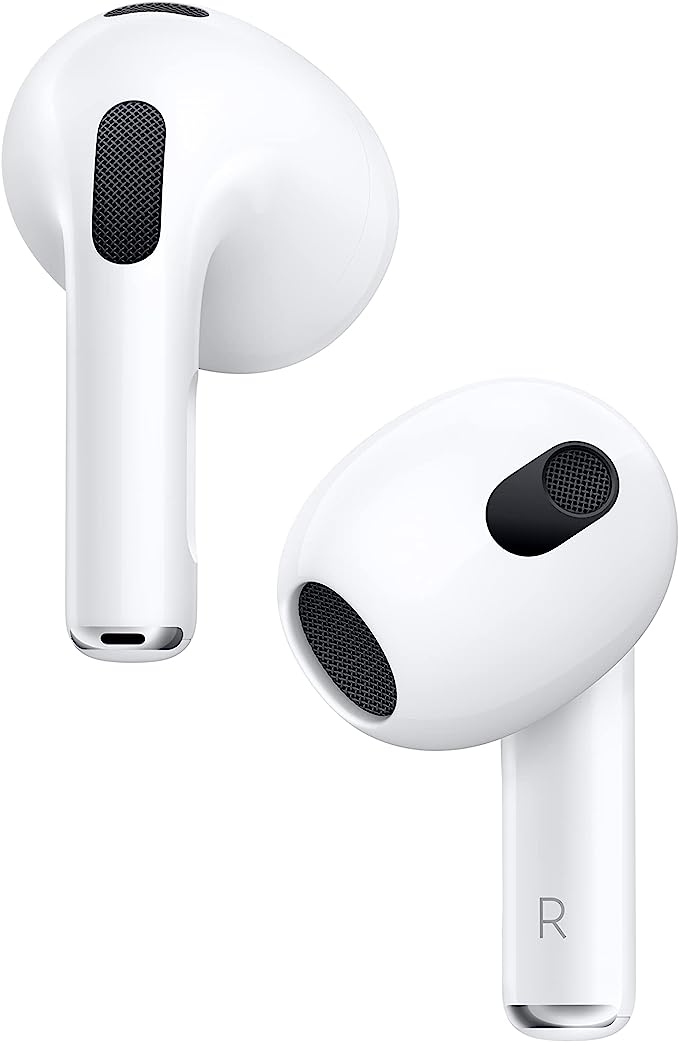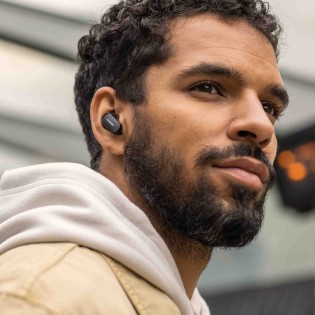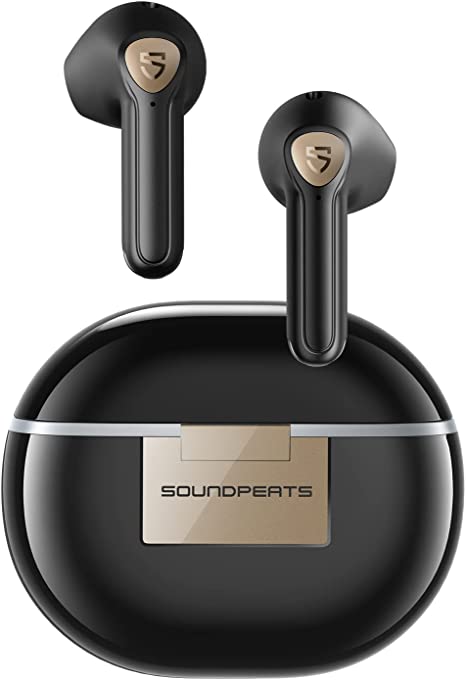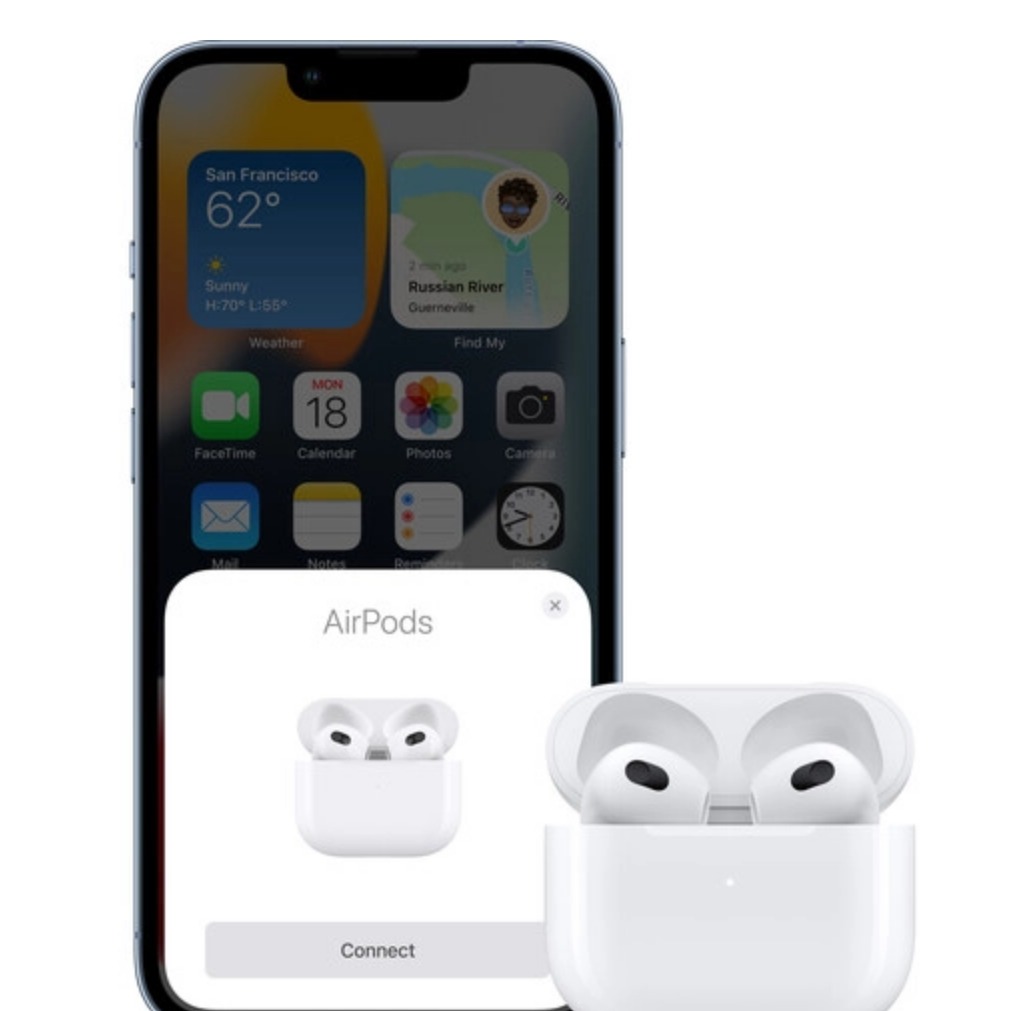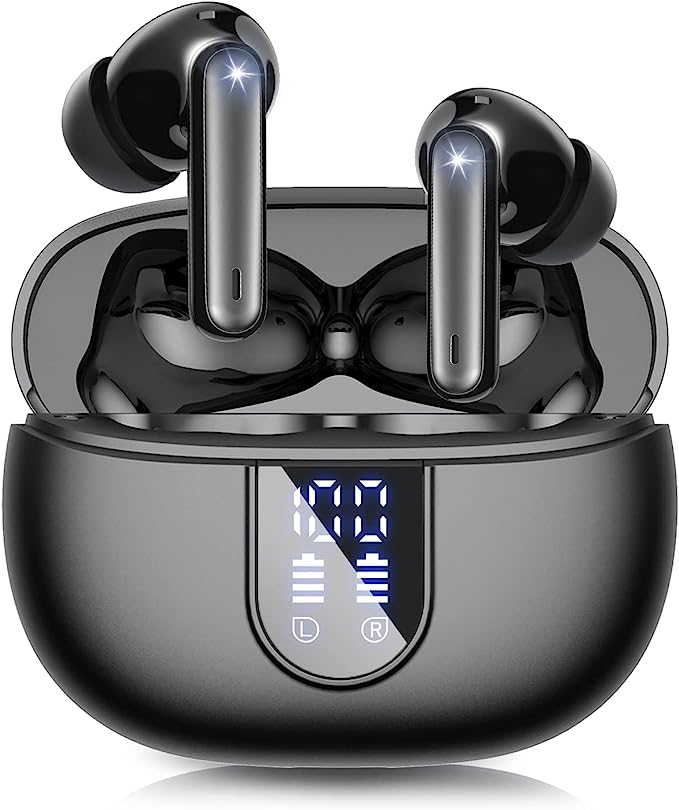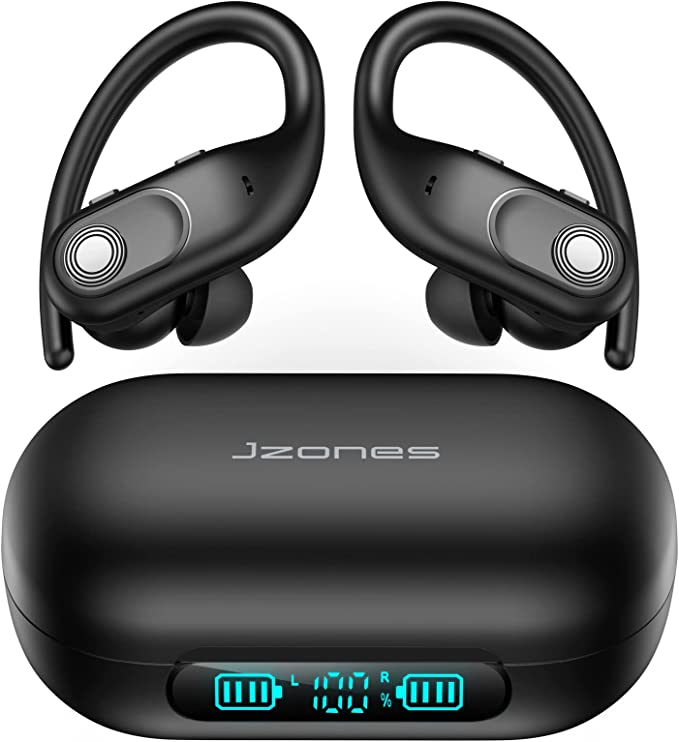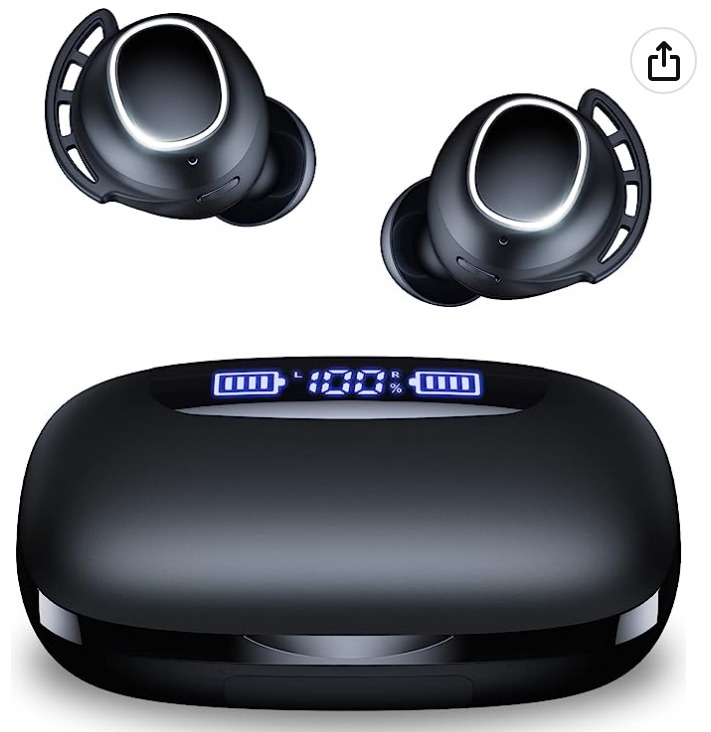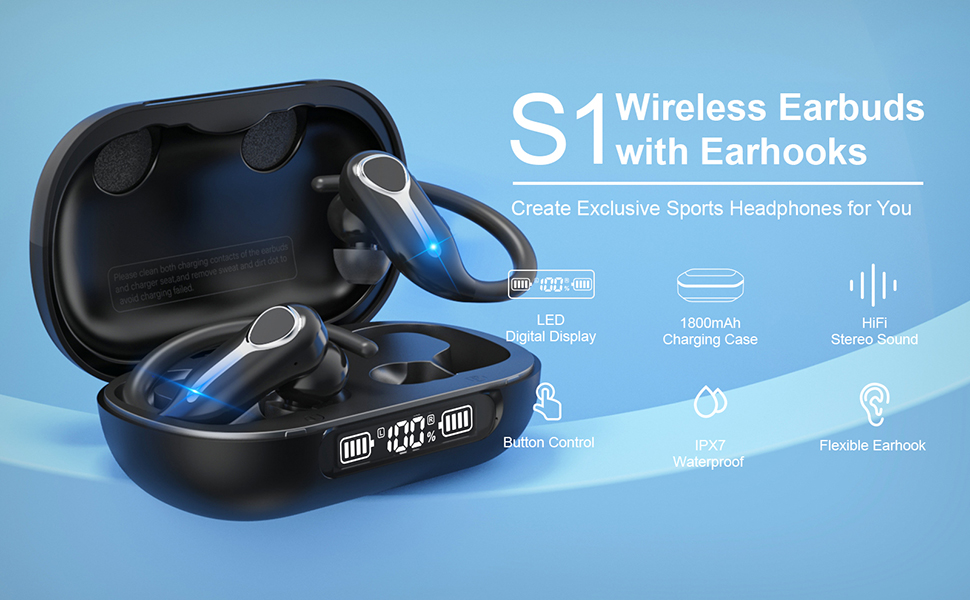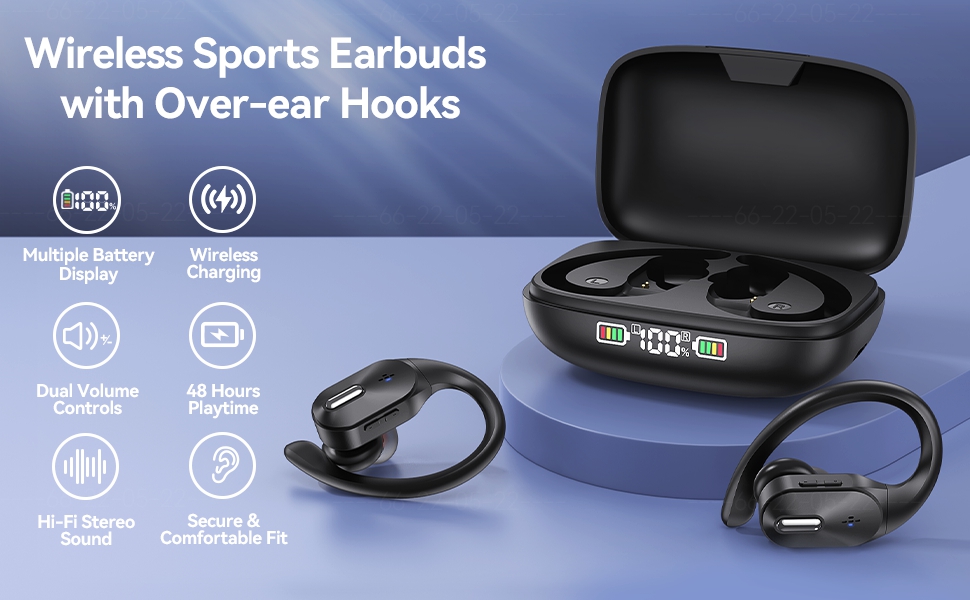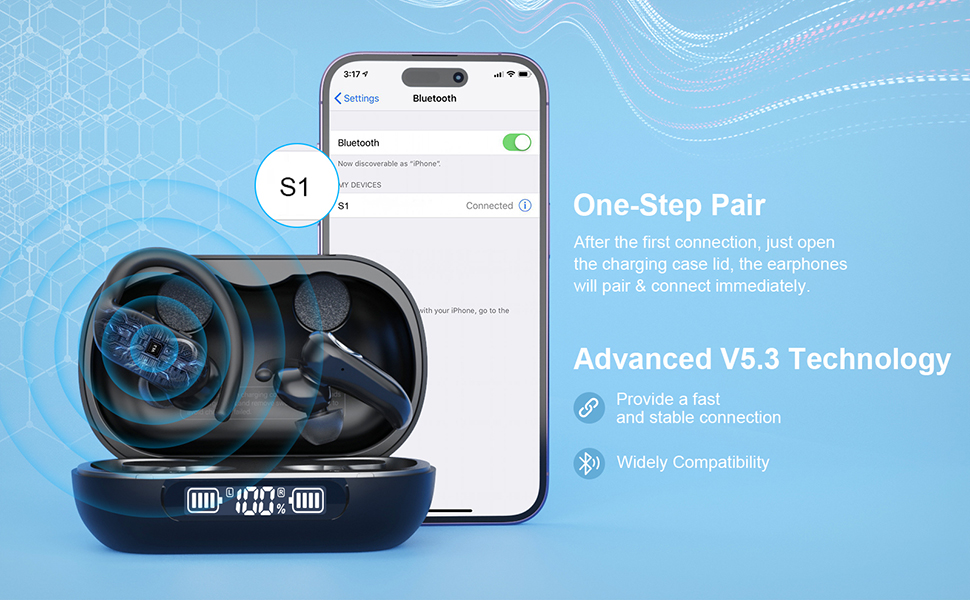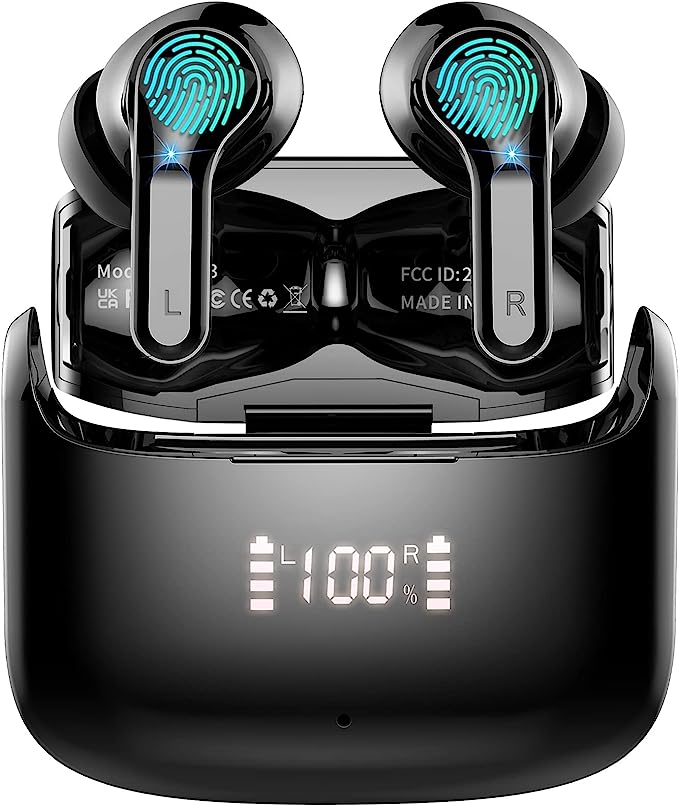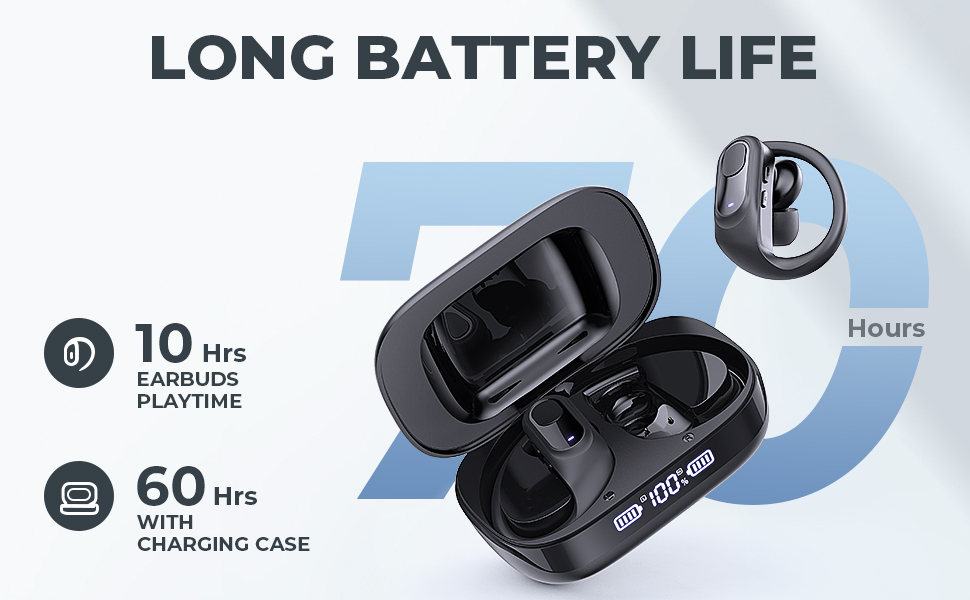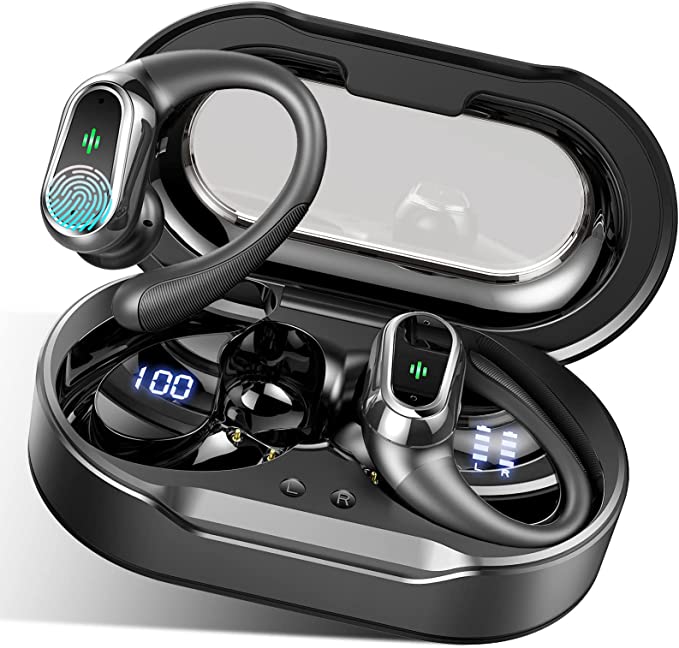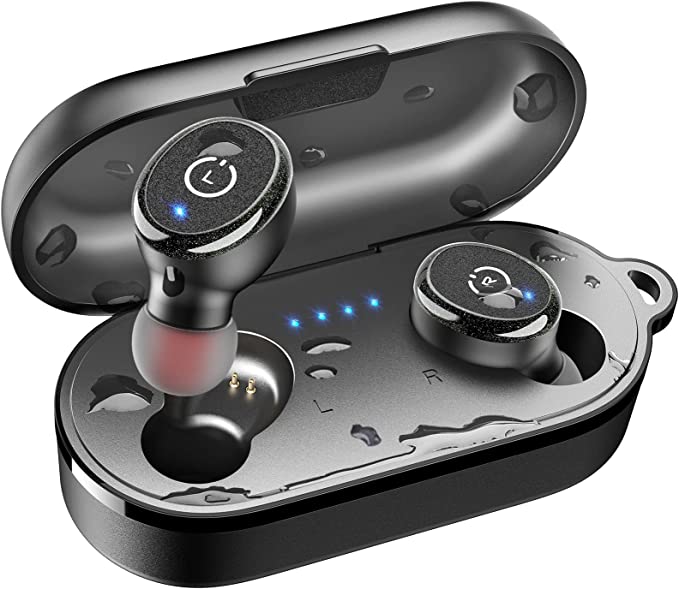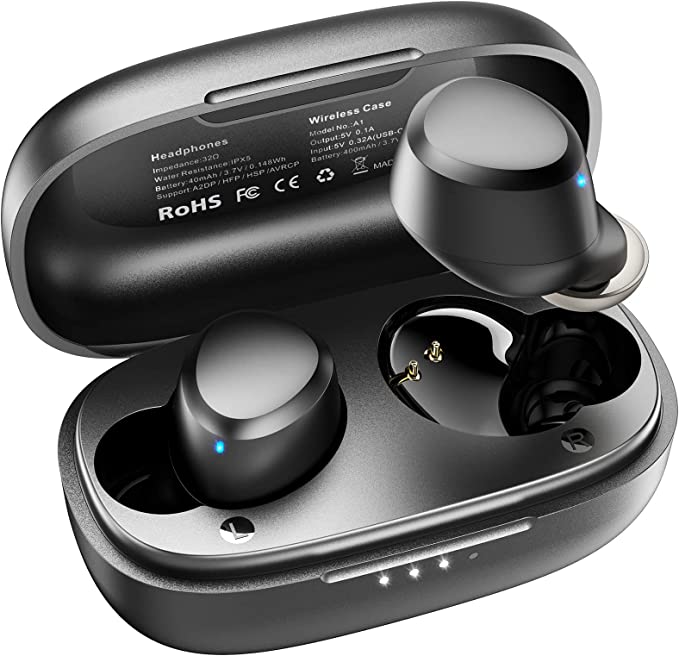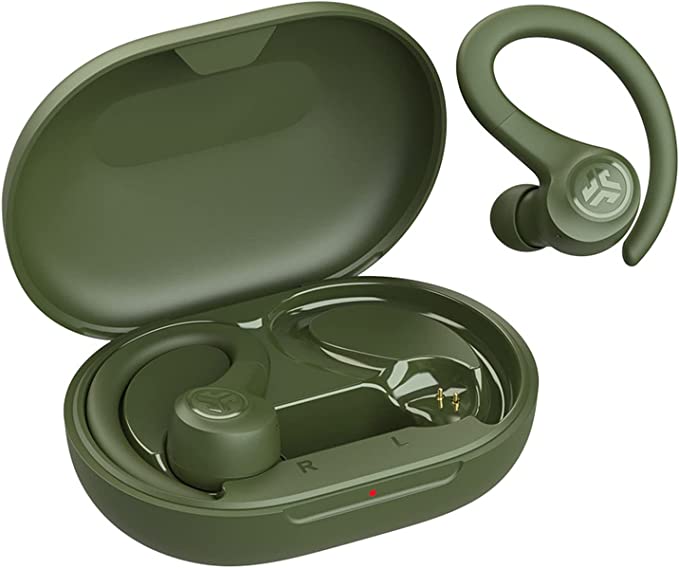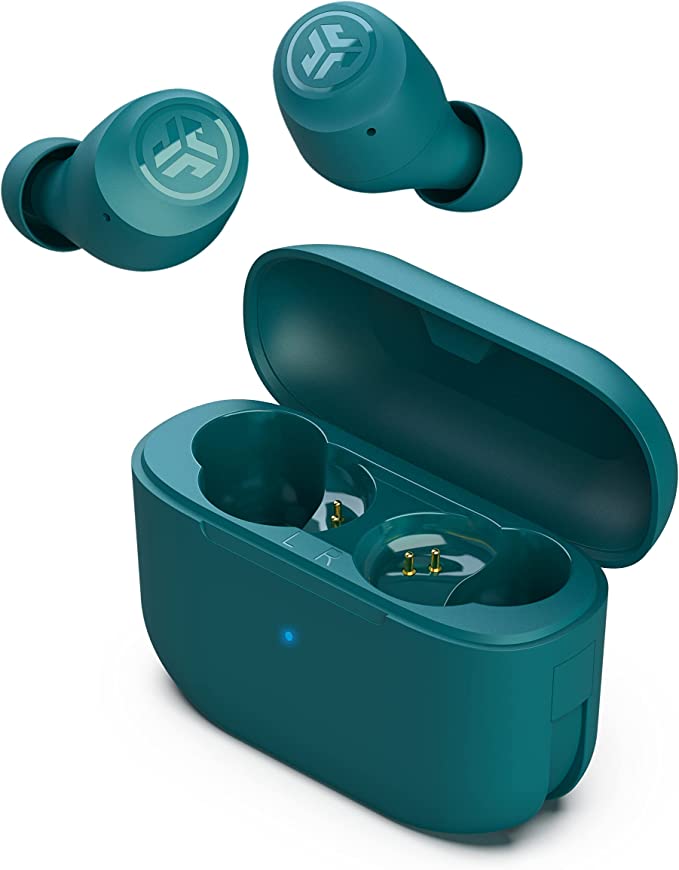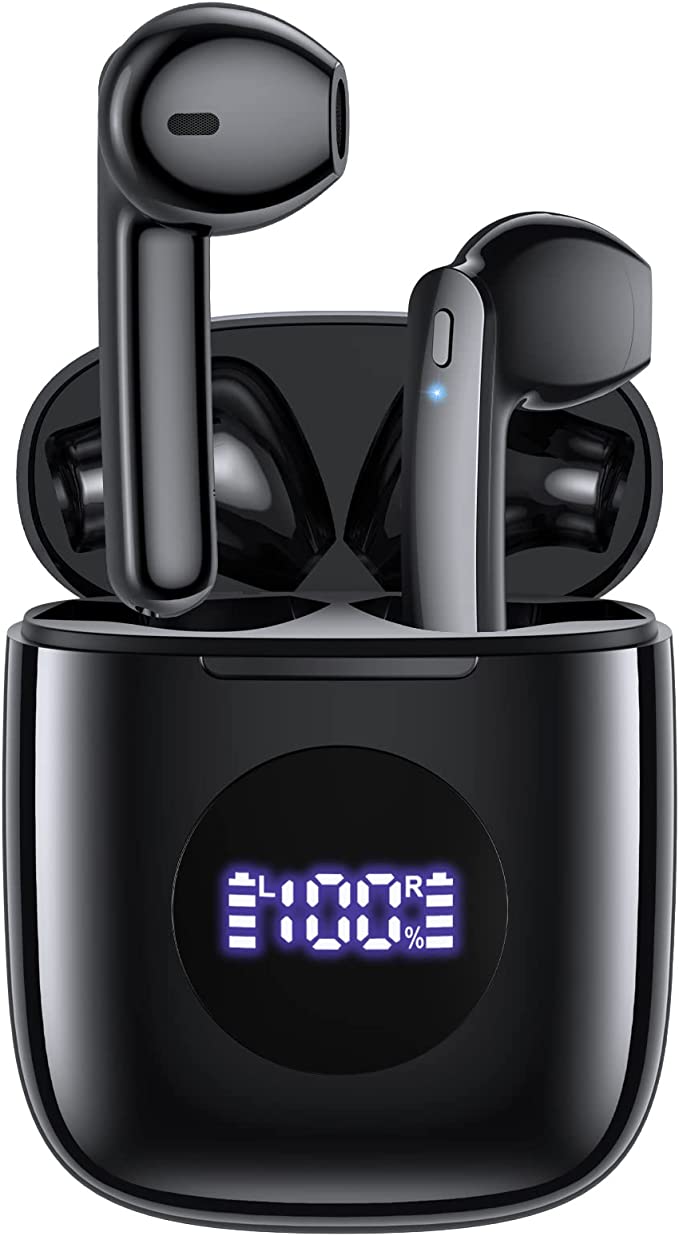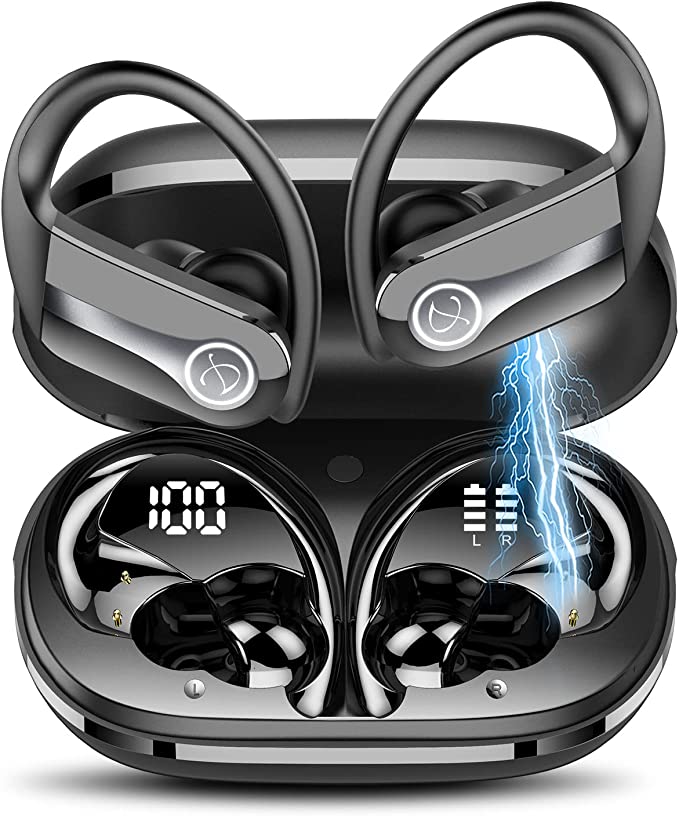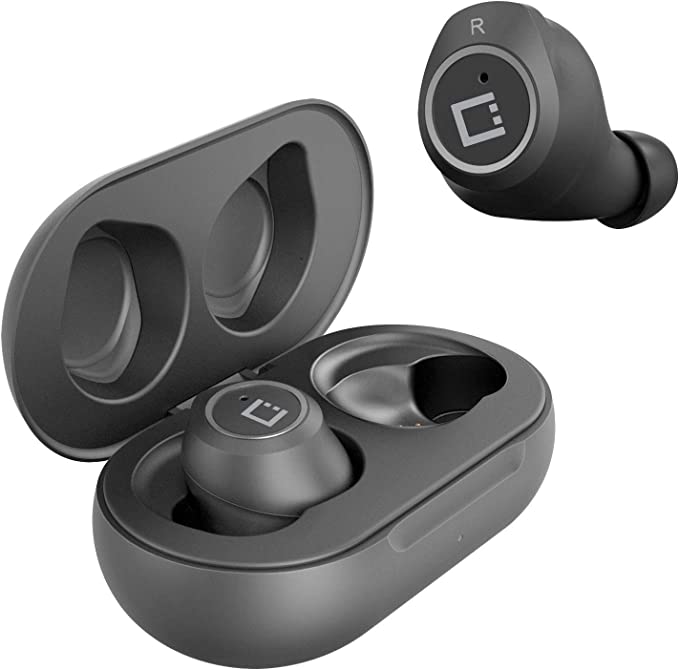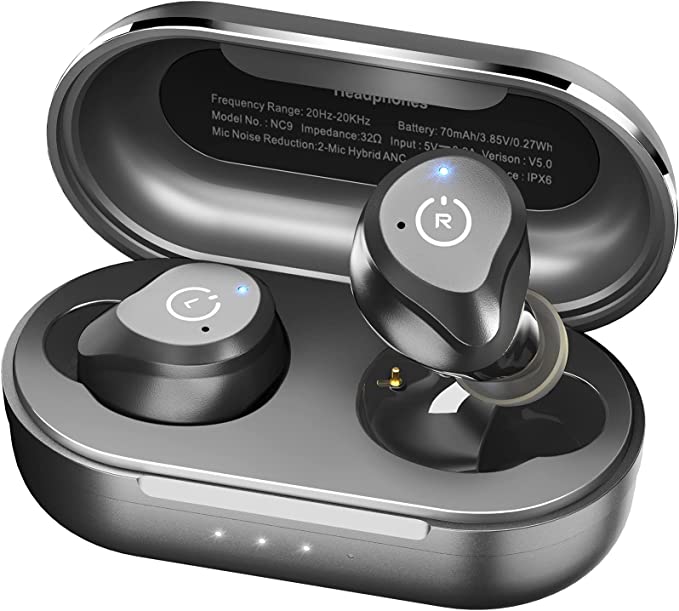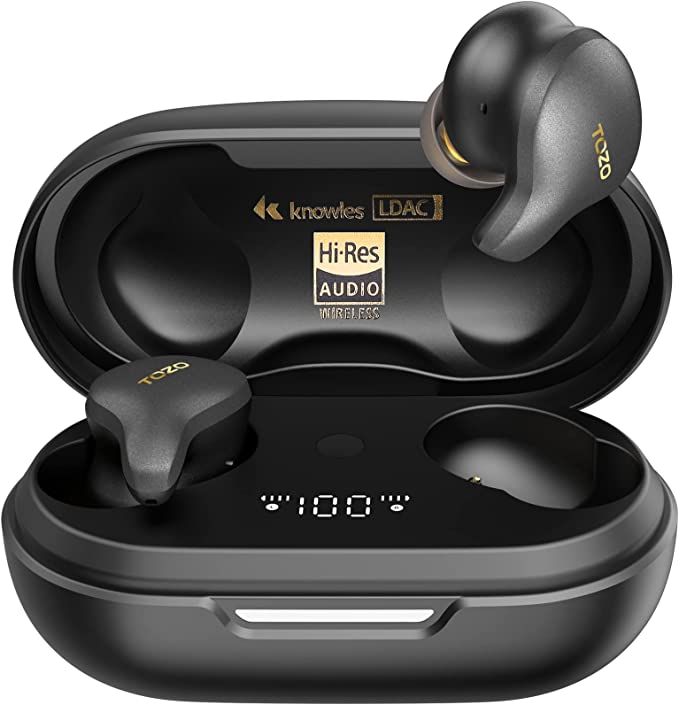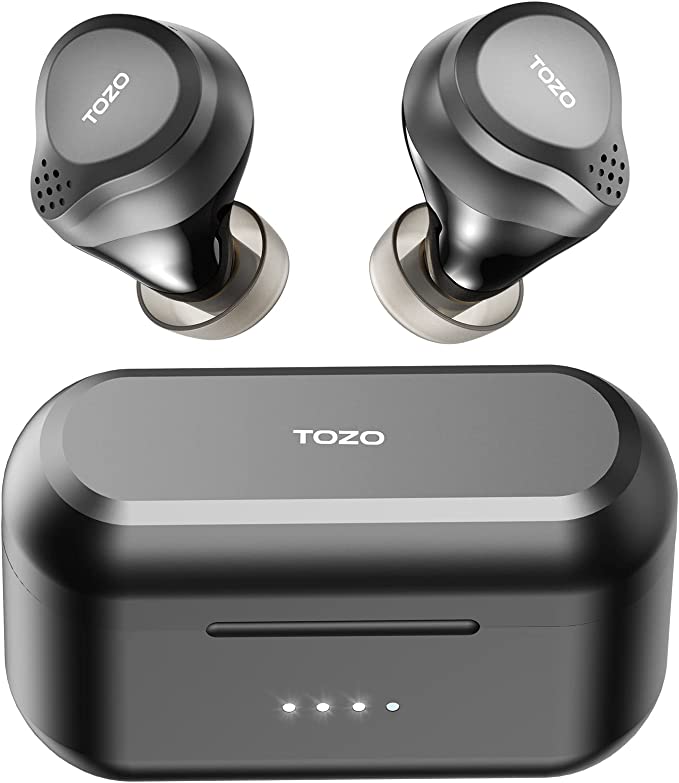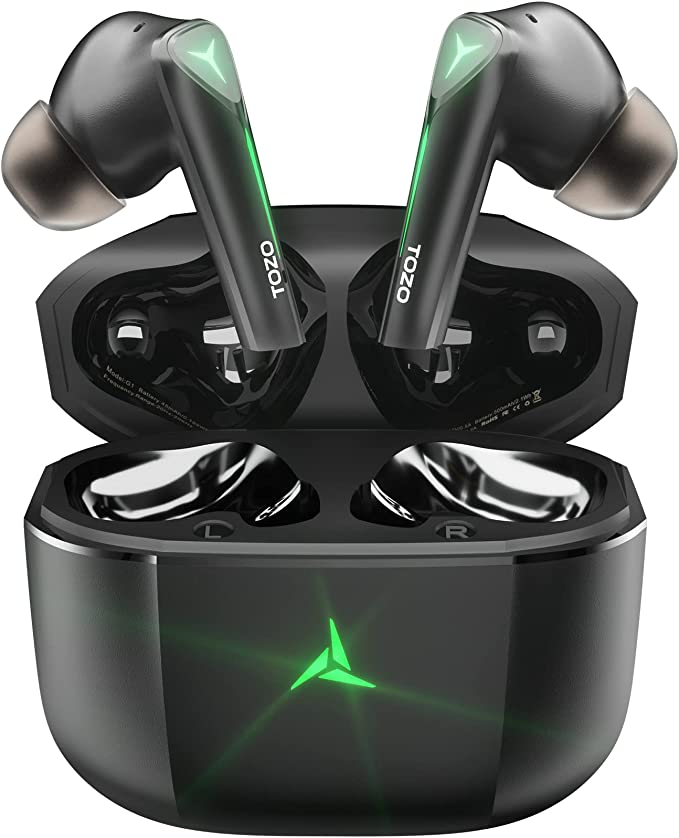Sony WF-C500 Earbuds: Unpacking the Science of Great Sound on a Budget
Update on May 29, 2025, 5:30 a.m.
In our ceaselessly moving world, a personal soundtrack is no longer a luxury but a near necessity. It’s the pulse to our morning commute, the rhythm for our workouts, the quiet companion to a podcast unwinding our day. The market for wireless earbuds, those tiny conduits of our audio lives, is vast and often bewildering, filled with technical jargon that can obscure a simple quest: great sound that doesn’t empty our wallets. Today, we pull back the curtain on a contender that aims to democratize quality audio: the Sony WF-C500 Truly Wireless In-Ear Bluetooth Earbud Headphones. This isn’t just a product review; it’s an exploration of the everyday science and thoughtful engineering packed into these unassuming earbuds.

Decoding Your Digital Soundtrack: The Magic of DSEE and Smart Audio
Think back to the early days of digital music. The MP3 revolution brought us incredible convenience – thousands of songs in our pockets! But this convenience came at a cost. To shrink those audio files, a process called “lossy compression” was used, which, like an overzealous editor, snipped away parts of the original sound. Often, the first casualties were the very high-frequency sounds, the delicate shimmer of a cymbal, the airy breath of a vocalist, the subtle harmonics that lend music its richness and sparkle. Streaming services, while an incredible leap forward, often employ similar compression techniques to manage bandwidth.
This is where the Sony WF-C500 steps in with a clever piece of technology called DSEE (Digital Sound Enhancement Engine). Imagine DSEE as a skilled audio archaeologist or a digital art restorer for your music. When it encounters a compressed audio file, it doesn’t just play it back as is. Instead, its algorithms intelligently analyze the remaining sound, looking for the tell-tale signs of what’s missing. Based on vast amounts of musical data and an understanding of how sounds are typically structured, DSEE makes educated guesses to reconstruct and restore some of those lost high-frequency details and the gentle fade-outs of sounds. It’s not magic, and it won’t turn a heavily muddled track into a pristine studio master, but it can genuinely add a touch of vibrancy and openness, making familiar tunes feel a bit more alive, a bit closer to the original recording. For many, this means rediscovering subtle nuances in their favorite compressed tracks or finding that streamed music suddenly has a little more zing. You can even control this feature through the companion Sony | Headphones Connect app, tailoring the experience to your liking.
But DSEE is only part of the audio journey. For that sound to even reach the earbuds wirelessly, it needs to speak a language your phone or music player understands. This is the job of audio codecs. Think of them as specialized translators for digital audio being sent over Bluetooth. The WF-C500 supports two key codecs:
* SBC (Subband Codec): This is the universal dialect that all Bluetooth audio devices are fluent in. It’s designed for reliability and widespread compatibility.
* AAC (Advanced Audio Coding): This codec is often the preferred language for Apple devices and can, in many instances, offer a richer, more detailed translation of your music than SBC, especially if your source files and transmitting device are optimized for it.
The earbuds cleverly negotiate with your device to use the best available common language, ensuring a smooth audio conversation.
And because our ears and preferences are unique, the science of personal sound extends to equalization. The Sony | Headphones Connect app acts as your personal soundboard, allowing you to adjust the frequency balance with various presets or a manual equalizer. Want a bit more thump in the bass for your workout playlist, or clearer highs for a podcast? The app puts that control, and a bit of acoustic science, right at your fingertips.

Comfort in Motion, Resilience in Action: Ergonomics and IPX4 Explained
A pair of earbuds, no matter how great they sound, won’t see much use if they’re uncomfortable or can’t handle the rigors of daily life. This is where the science of ergonomics and material resilience comes into play.
The Art of the Fit – More Than Just Comfort:
The first thing you might notice about the Sony WF-C500 is their diminutive size and unassuming shape. Sony highlights their Ergonomic Surface Design, a philosophy that aims to create a shape that nestles securely and comfortably within the varied contours of the human ear. Each earbud weighs a mere 5.4 grams (approximately 0.19 ounces). This might not sound like much, but in the world of in-ear devices worn for hours, less mass translates directly to less pressure and fatigue. It’s a subtle science, involving an understanding of ear anatomy – the concha, the tragus, the ear canal entrance – and how a device can achieve stability without undue force.
But the shape is only half the equation. The unsung heroes of in-ear comfort and sound quality are often the ear tips. The WF-C500s come with three sizes of hybrid silicone rubber ear tips (SS, M, and LL). Finding the right size is paramount. A snug, effective seal does two critical things:
1. It anchors the earbuds, preventing them from dislodging during a run or even just an animated conversation.
2. It creates a closed acoustic chamber within your ear canal. This is vital for good bass response. Without a proper seal, those lovely low frequencies simply leak out, leaving the music sounding thin and tinny. It’s basic acoustic physics at work right inside your ear.
Braving the Elements (and Your Workout) – The IPX4 Shield:
Whether it’s the sweat from a challenging workout, an unexpected drizzle on your walk home, or an accidental splash from the kitchen sink, moisture is a constant threat to electronics. The Sony WF-C500 earbuds are equipped with an IPX4 rating to offer a line of defense.
Let’s demystify that “IPX4”: * IP stands for “Ingress Protection,” a standard (IEC 60529) used globally to classify the degree of protection provided by enclosures of electrical equipment. * The first digit (replaced by ‘X’ here) would indicate protection against solid particles (like dust). An ‘X’ means it hasn’t been specifically tested or rated for this under this particular standard. * The second digit, ‘4’, is the key here. It signifies that the earbuds are protected against splashing water from any direction. The official test for this rating involves spraying water at the enclosure from all angles using a specific nozzle for at least 5 minutes.
What this means in practical terms is that your WF-C500s are built to handle your sweatiest gym sessions, light rain, and other everyday encounters with moisture. They are, in essence, wearing a well-fitted, lightweight raincoat. However, it’s crucial to understand that IPX4 is not waterproof. You shouldn’t submerge them, take them swimming, or expose them to pressurized water jets. And a very important note often tucked away in manuals: the charging case for the WF-C500 does not share this IPX4 rating and must be kept dry to avoid damage. This thoughtful inclusion of IPX4 in the earbuds themselves, however, significantly boosts their versatility and your peace of mind during active use.

The Unseen Engine: Battery Life and the Brilliance of Quick Charge
In our always-on, wireless world, battery anxiety is a real phenomenon. Nothing deflates the joy of untethered audio faster than a “Battery Low” warning at an inconvenient moment. Sony has addressed this with a robust power system in the WF-C500.
Beating Battery Anxiety – The 20-Hour Promise:
At the core of both the earbuds and their compact charging case are lithium-ion batteries. This battery chemistry has revolutionized portable electronics, and for good reason. Compared to older technologies, lithium-ion batteries offer a higher energy density, meaning they can store more energy in a smaller and lighter package – perfect for tiny earbuds. They also tend to have a good lifespan in terms of charge-recharge cycles.
The WF-C500 earbuds themselves are rated for up to 10 hours of continuous music playback on a single full charge (this figure can vary based on volume, DSEE usage, and the codec in use). But the story doesn’t end there. The pocket-friendly charging case holds an additional full charge, extending your total listening freedom to approximately 20 hours before you need to find a wall outlet. That’s enough to soundtrack a long-haul flight, get you through several days of commuting and workouts, or simply ensure your favorite podcast doesn’t die mid-episode. The earbuds take about 2.5 hours to fully recharge within the case, while the case itself (along with the earbuds inside if they also need charging) takes around 3 hours to reach full capacity via its USB Type-C port.
When Time is Scarce – The Quick Charge Lifesaver:
We’ve all been there: a last-minute dash out the door, only to realize our earbuds are dead. The WF-C500 incorporates a feature that’s a true modern marvel: quick charging. If you find yourself with depleted batteries and minimal time, just 10 minutes of charging the earbuds in their case can provide you with approximately 60 minutes of playback time.
How does this burst of power happen so quickly? Quick charging systems typically work by delivering a higher electrical current to the batteries than standard charging, but only for a short, initial period when the battery is most receptive. This isn’t just a brute-force approach; sophisticated Battery Management Systems (BMS) within the earbuds and the case constantly monitor factors like battery temperature, voltage, and current. This intelligent oversight ensures that the rapid energy transfer is performed safely, minimizing stress on the battery cells and preserving their long-term health as much as possible. It’s a clever piece of power engineering that provides a very practical solution to a common user pain point.

The Invisible Handshake: Bluetooth 5.0 and Intuitive Control
The “truly wireless” experience hinges entirely on a stable and efficient connection technology: Bluetooth. The WF-C500 employs a well-established version to manage this invisible handshake.
The Wireless Weave (Bluetooth 5.0):
While newer Bluetooth versions exist, Bluetooth 5.0 remains a robust and widely adopted standard that offers a solid foundation for wireless audio. It provides a good balance of:
* Range: The WF-C500 offers a typical line-of-sight communication range of about 10 meters (approximately 30 feet). While walls and other interference can reduce this, it’s generally sufficient for keeping your phone in your pocket or a bag while you listen.
* Data Throughput: It can handle the data rates required for good quality stereo audio using codecs like SBC and AAC.
* Power Efficiency: Bluetooth 5.0 includes features designed to be relatively kind to those small earbud batteries, contributing to their impressive playback times.
The process is a miniature marvel of radio-frequency engineering: your phone and earbuds establish a secure, low-power radio link, allowing digital audio data to stream seamlessly through the air.
One or Two? The Flexibility of Single Earbud Use:
Sometimes, you need to keep one ear open to the world – perhaps you’re expecting a call, need to hear office chatter, or are walking on a busy street. The WF-C500 thoughtfully supports optional single earbud use. You can take out either the left or the right earbud from the case, and it will function independently for music playback (summing stereo to mono so you don’t miss half the song) or for taking calls. This isn’t just a convenience; it can also be a strategic way to extend listening time on a very long day by using one earbud while the other charges. The technology enabling this involves each earbud being capable of establishing its own direct connection to the source device or having a master-slave relationship that can dynamically switch.
The Reassuring Click (Physical Button Controls):
In an age of sleek, touch-sensitive surfaces, Sony opted for physical, tactile buttons on each WF-C500 earbud. There’s a certain science to why many users appreciate this. A physical button provides unambiguous haptic feedback – that satisfying little click you feel and sometimes hear. This confirmation can:
* Reduce accidental presses: Unlike touch controls that can be triggered by an errant brush of a hand or even a raindrop, a button requires a deliberate press.
* Offer more confident operation without looking: You can learn the button layout and operate controls (play/pause, volume, track skip, answering calls, or activating your phone’s voice assistant) by feel, which is invaluable when you’re on the move.
While touch controls have their aesthetic appeal and can enable more complex gestures, the straightforward, reliable nature of a well-implemented button is a design choice rooted in practical usability.

Beyond the Beat: Ensuring Your Voice is Heard
While music is often their primary function, modern wireless earbuds are also crucial communication tools. The WF-C500 is equipped to handle this aspect of your connected life.
The Art of Being Understood (Built-in Microphone):
Each WF-C500 earbud incorporates a built-in microphone. These tiny components are marvels of acoustic engineering, designed to capture the sound waves of your voice and convert them into an electrical signal that can then be digitized and transmitted via Bluetooth to the person on the other end of your call. Sony states these are “high-quality” and contribute to “clearer hands-free calling.” While the provided materials don’t delve into specific noise-canceling technologies for the microphone (like cVc or multi-mic arrays often found in higher-end models), the placement and tuning of the microphone are critical for picking up your voice effectively, even in moderately busy environments. The clarity of your calls will, of course, also depend on factors like the Bluetooth connection quality and the ambient noise around you.
A Little Guidance (Voice Prompts):
To enhance the user experience and provide information without requiring you to constantly check your phone, the WF-C500 features voice guidance. When you turn the earbuds on, enter pairing mode, or when the battery is running low, you’ll hear clear, audible prompts like “Power on,” “Bluetooth pairing,” or “Low battery, please recharge headset.” This auditory feedback system is a simple yet effective way to stay informed about the earbuds’ status. The language for these prompts is English by default but can be changed using the Sony | Headphones Connect app, adding another layer of user-friendly customization. It’s a small touch, but one that contributes to a smoother, more intuitive interaction with the technology.
The Symphony of Science in Your Pocket
The Sony WF-C500 earbuds are a compelling example of how various strands of science and engineering can be woven together to create an everyday product that is both highly functional and accessible. It’s not about packing in every conceivable cutting-edge feature, but rather about a thoughtful application of core technologies to deliver a reliable and enjoyable user experience.
From the digital wizardry of DSEE attempting to restore the sparkle to your compressed music, to the meticulous ergonomic design balancing comfort and stability; from the chemical dance within the lithium-ion batteries offering hours of untethered playback, to the protective shield of an IPX4 rating guarding against sweat and splashes; and from the invisible yet crucial Bluetooth 5.0 connection to the simple, reassuring click of a physical button – each element plays its part.
What the WF-C500 demonstrates is a kind of “everyday audio science.” It’s a reminder that even in a budget-friendly package, thoughtful design rooted in scientific principles can make a tangible difference to our daily lives. They stand as a testament to the idea that quality audio and convenient wireless freedom shouldn’t be exclusive luxuries. By understanding a little of the science an_d engineering that goes into such a device, our appreciation for the seamless way it integrates into our world deepens, transforming it from just another gadget into a small marvel of accessible technology.
